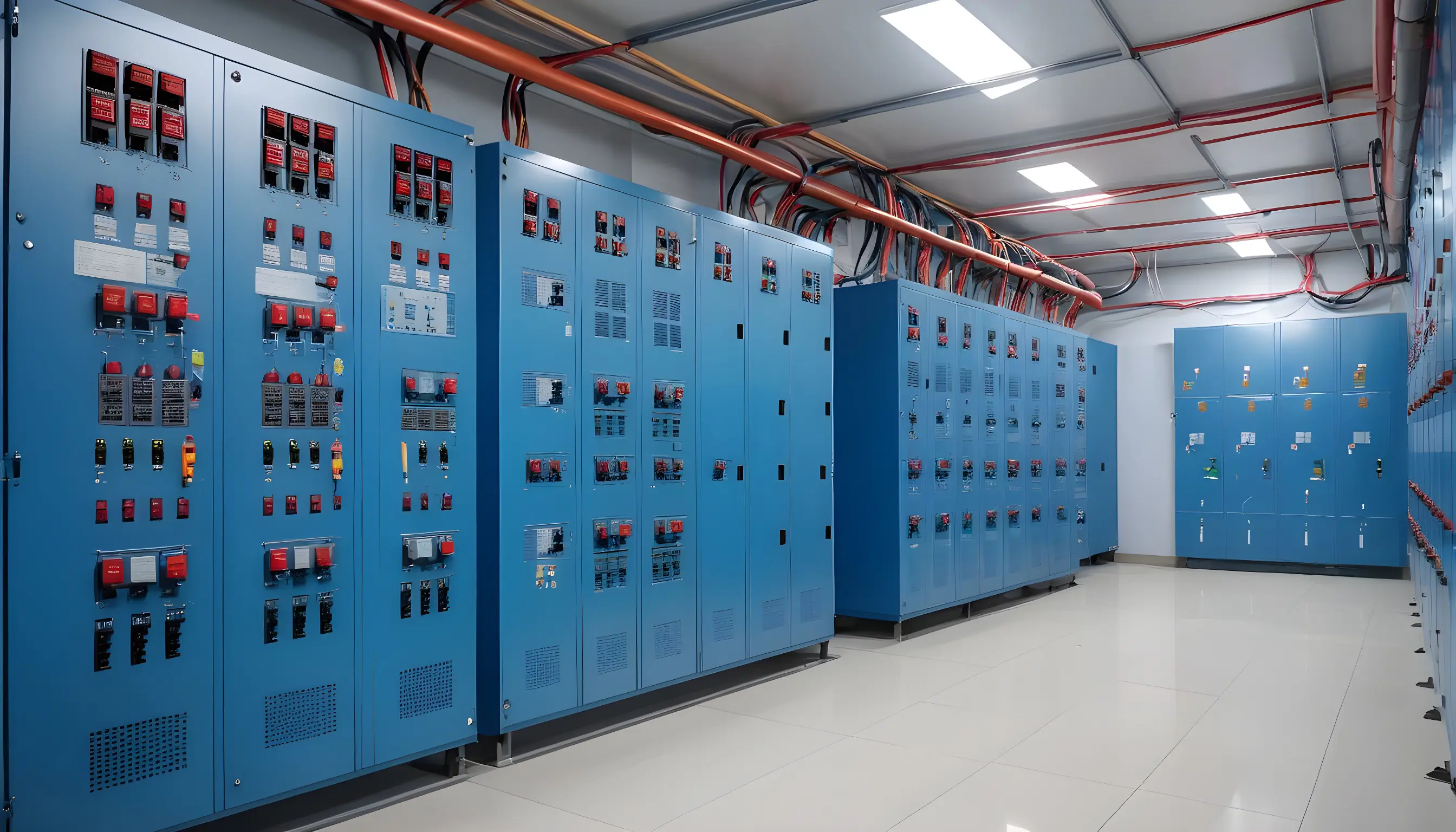electrical system for a commercial building
What are the key considerations when designing the electrical system for a commercial building ?
Designing the electrical system for a commercial building involves several critical considerations to ensure safety, efficiency, and functionality. Firstly, the electrical load requirements of the building must be accurately calculated. This includes determining the anticipated power demands of lighting, HVAC systems, equipment, and any other electrical appliances within the building. Understanding these loads helps in sizing the transformers, switchgear, and distribution panels appropriately.

Secondly, the electrical design must adhere to local building codes and regulations. Compliance with codes ensures that the system meets safety standards, such as proper grounding, overcurrent protection, and fire safety measures. Additionally, considering future expansion and flexibility in the electrical design is crucial. Designing for scalability allows the system to accommodate potential growth or changes in building use without requiring extensive modifications. Lastly, incorporating energy-efficient solutions is increasingly important in modern commercial electrical designs. Utilizing LED lighting, occupancy sensors, and energy management systems can significantly reduce energy consumption and operational costs over the building's lifetime. Implementing renewable energy sources like solar panels or wind turbines can also contribute to sustainability goals while reducing reliance on the grid.
